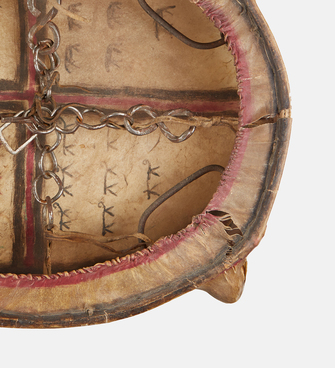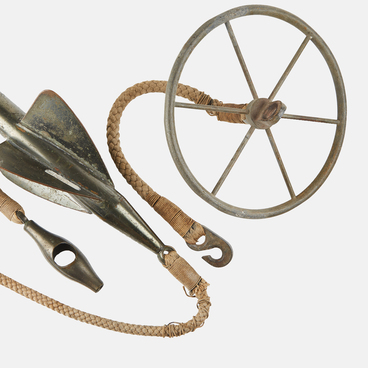The Rusanov House Museum displays a ship’s wheel — one of the main symbols associated with sailing.
Today, the ship’s wheel is mostly perceived as a romantic symbol. The very first ship’s wheels began to appear on ships so long ago that it is now very difficult to say anything definite about the exact time when they were invented or who was the inventor of the first steering wheel. It is believed that ship’s wheels were first used on Dutch merchant vessels called “fluyts”. The first fluyt was built in 1595 by the shipwright Peter Janszon Liorn from the city of Hoorn. Technologically, those sailing ships were very advanced for their time. The design was unusual: the fluyt’s length significantly exceeded its width (this reduced the drag coefficient when the vessel was moving and improved its performance), the masts were higher and the yards, on the contrary, became shorter, so mariners began using cheaper and more convenient narrow sails on flyuts. But most importantly, the new sailing vessels began to be steered in a radically new way. If previously all large ships and sailing boats used only tillers, such levers became extremely ineffective on fluyts.
The new type of steering became widespread
precisely because fluyts were in such demand. Amazing performance, maneuverability
and efficiency in various conditions made Dutch vessels popular around the
world. About ten years after the first fluyt was built, similar merchant ships
began to be produced in Germany. After 1664, the ship’s wheel was implemented
on numerous accounts as part of steering equipment on boats, and this also
happened thanks to Dutch shipbuilding. In Holland, a spectacular Queen
Catherine warship, equipped with 100 cannons, was launched. And about a century
later, Emperor Peter I, a reformer, whose reign is associated with the birth of
the Russian navy and merchant fleet, began building fluyts along the Svir River
and in the Gulf of Finland.


